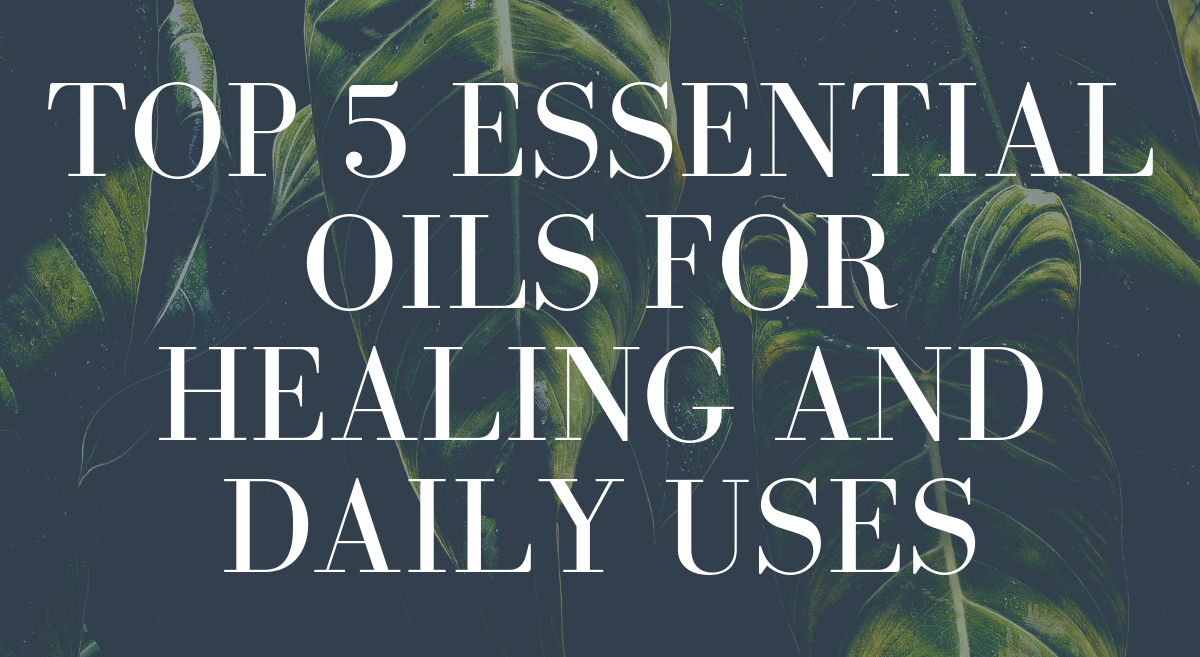There are hundreds of essential oils and blends available for your DIY needs, but knowing which one suits your needs can take a little research. If you’re interested in making your own nontoxic baby lotions, for example, you need to know which oils are safe for infants (lavender and dill, for instance) and, more importantly, which are not (rosemary, eucalyptus).
Just as you wouldn’t treat a headache with a spoon of cough syrup, it makes sense to focus on the oils that fit the specific requirement of your project—whether it’s making an antiseptic salve, a nourishing eye cream, or a disinfectant spray to remove pet odors.
1- BASIL
SCENT: HERBACEOUS/SPICY NOTE: TOP
Native to India, where it is considered sacred, basil is widely used in
Ayurvedic medicine. The herb has also been used in funerary rites since ancient times and is commonly planted on graves in ancient Persia, Malaysia, and Greece. Egyptians believed the leaves opened the gates of heaven and in ancient India, sprigs of the herb were placed in the hands of the dead to ease their passage to the next world. The Romans used it to treat wounds, mixing it with honey to make an antiseptic salve.
PROPERTIES
Antibacterial, Antidepressant, Anti-inflammatory, Antiseptic, Antispasmodic
POTENTIAL USES
Abrasions, Acne, Brain fog, Cleaning products, Digestive issues, Gout, Insect bites and stings, Loss of
appetite, Menstrual cramps, Muscle aches, Respiratory problems
BLENDS WELL WITH
Citrus: lemon, lemongrass, lime, grapefruit, orange, neroli
Herbal: thyme, parsley
Floral: lavender, clary sage, chamomile
CAN BE SUBSTITUTED WITH
Oregano Thyme
PRECAUTIONS
Avoid use while pregnant or breastfeeding.
Avoid use if you suffer from epilepsy.
2- BERGAMOT
SCENT: CITRUS/FLORAL NOTE: TOP
Bergamot oil is used both in food preparation and perfumery. It is the oil that gives Earl Grey tea its distinctive taste. It has also been used to flavor pipe tobacco. The best bergamot oil is sourced from Italy, although the plant also grows in Africa, southern France, and parts of Turkey, where it is primarily used to flavor marmalade. It is sometimes adulterated with the essential oil of bergamot mint.
PROPERTIES
Antidepressant, Antifungal, Antiseptic, Deodorant, Digestive tonic, Febrifuge, Immune booster, Insect repellant, Sedative
POTENTIAL USES
Acne, Anxiety, Body odor, Colds and flu, Cold sores, Cough, Depression, Digestive problems, Dry Skin, Eczema, Fever, Insomnia, Laryngitis, Mood disorders, Nerve pain, Psoriasis, Scabies, Seborrhea, Skin infection, Skin irritation, Stress and tension, Urinary tract infections, wound healing
BLENDS WELL WITH
Citrus: grapefruit, orange, bergamot
Floral: lavender, geranium, palmarosa, ylang ylang
Oriental: patchouli
Spicy: cinnamon, clove, nutmeg
CAN BE SUBSTITUTED WITH
Bitter Orange
Grapefruit
PRECAUTIONS
Never use more than 1 drop per 2 teaspoons of carrier oil.
Do not spend time in the sun after using this essential oil.
3- CHAMOMILE
SCENT: FLORAL NOTE: TOP
Chamomile is moderately priced, but it’s well worth the few extra dollars it costs for this versatile and gentle essential oil. Typically, you’ll find two varieties of chamomile: Roman and German. You can use these two oils interchangeably in preparations and recipes. Chamomile is related to ragweed, so people with a ragweed allergy may be sensitive to topical application of chamomile.
PROPERTIES
Antibacterial, Antifungal, Anti-inflammatory, Calming, Digestive tonic, Numbs nerve pain, Stimulates bile production, Stimulates urine flow
POTENTIAL USES
Abrasions, Arthritis, Cold sores, Colic, Dermatitis, Diarrhea, Digestive upset, Dry skin, Eczema, Fungal infections, Gas, Headache, Hives, Inflammation, Insect bites, Insomnia, Menstrual problems, Migraine, Nerve pain, Premenstrual symptoms, Sprains and strains, Stomach upset, Stress, Teething, Toothache, Urinary tract infection, Wound healing
BLENDS WELL WITH
Floral: geranium, rose, lavender
Oriental: patchouli
CAN BE SUBSTITUTED WITH
Lavender
PRECAUTIONS
May interact with certain drugs. Talk to your doctor or pharmacist about potential interactions.
4- EUCALYPTUS
SCENT: WOODY/MEDICINAL NOTE: TOP
Eucalyptus leaves are a koala bear’s favorite food. There are more than 700 species of the plant, most of them native to Australia where the indigenous people have used the plant in their medicines for centuries. It is now widely used as an inhalant to treat colds and other respiratory illnesses, and topically for muscle aches and pains. It is also used to flavor cough drops.
PROPERTIES
Antibacterial, Antiseptic, Antiviral, Calming, Decongestant, Expectorant, Febrifuge, Insecticide, Numbs nerves, Stain remover
POTENTIAL USES
Abrasions, Aches and pains, Arthritis, Bacterial infection, Blisters, Bronchitis, Bug spray, Burns, Cleaning products, Cold/flu, Congestion, Coughs, Fever, Urinary tract infection
BLENDS WELL WITH
Citrus: grapefruit
Floral: chamomile, geranium
Minty: peppermint
Woody: cedarwood, cypress, juniper
CAN BE SUBSTITUTED WITH
Niaouli Tea Tree
PRECAUTIONS
Avoid use with children 10 years old or younger.
5- GRAPEFRUIT
SCENT: CITRUS NOTE: TOP
Grapefruit is believed to have originated as a hybrid between the pomelo and sweet orange sometime in the 19th century. Energy workers believe the oil is cleansing to the aura. A grapefruit half is a prop in one of the most iconic scenes in Hollywood history, the moment in Public Enemy when James Cagney smashes the fruit into Mae Clarke’s face. Both pink and white grapefruit are used in perfumery.
PROPERTIES
Antidepressant, Antiseptic, Detoxifying, Disinfectant, Diuretic, Stimulant, Tonic
POTENTIAL USES
Acne, Brain fog, Cleaning products, Exhaustion, Memory problems, Muscle fatigue, Muscle stiffness, Oily skin
BLENDS WELL WITH
Citrus: bergamot, orange, lemon, lime
Floral: palmarosa, ylang ylang
Herbal: rosemary
Medicinal: eucalyptus
Oriental: patchouli
Spicy: black pepper, cardamom, clove, ginger
CAN BE SUBSTITUTED WITH
Bergamot
Lemon
PRECAUTIONS
Mildly phototoxic, though the least phototoxic of the citrus oil
